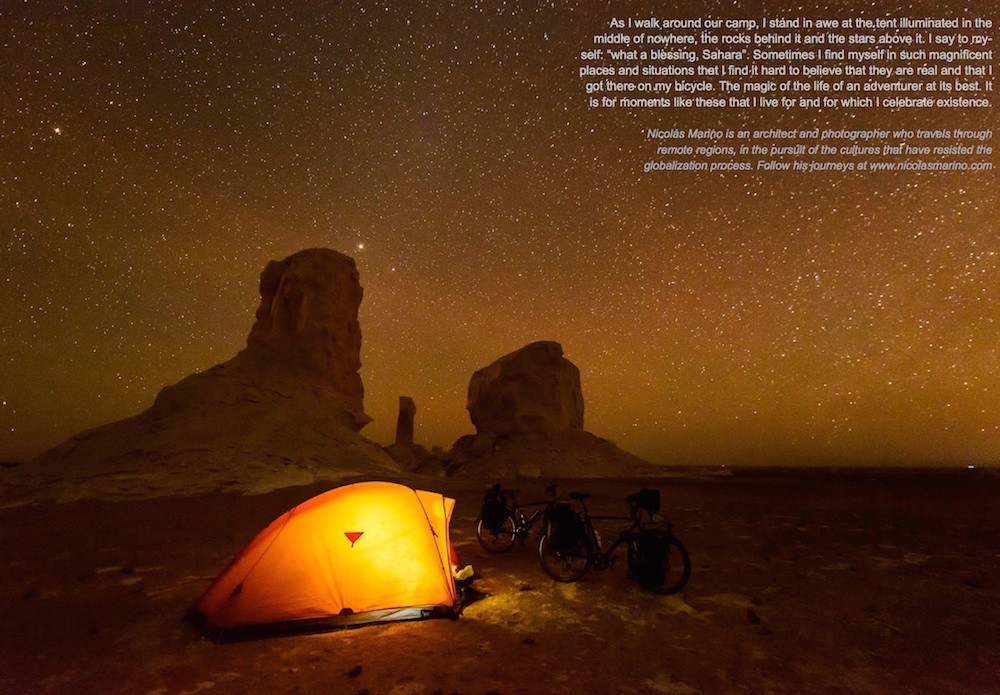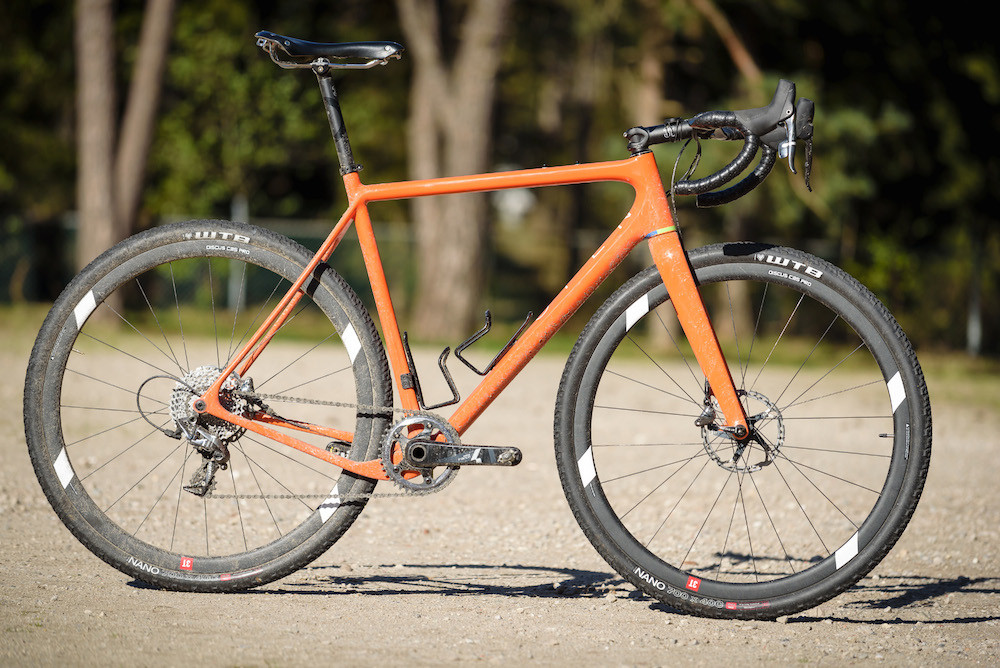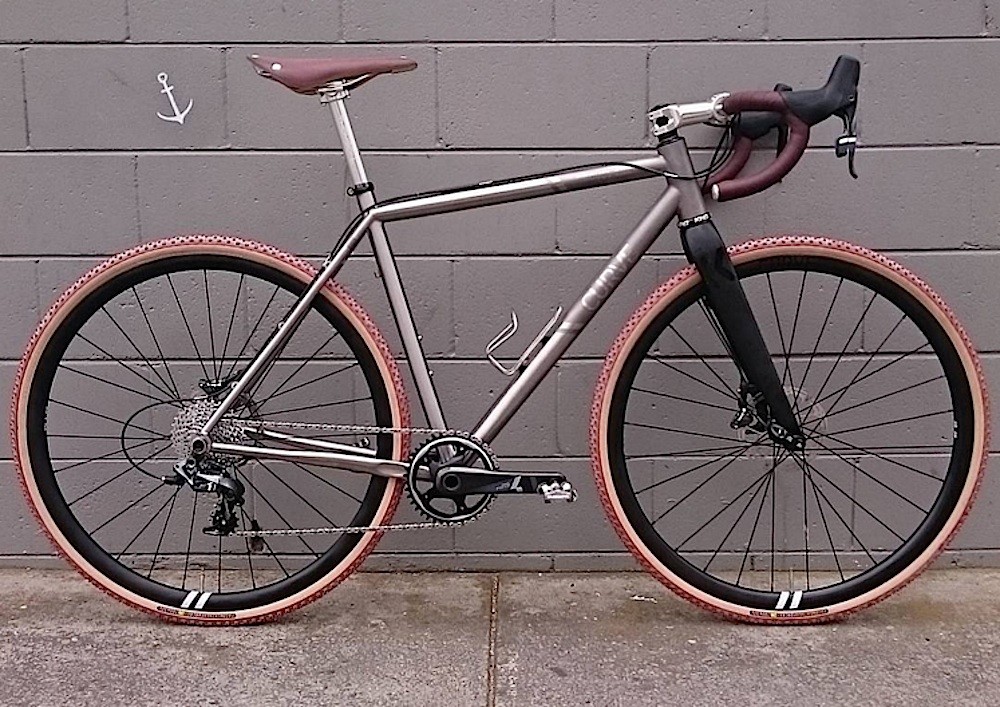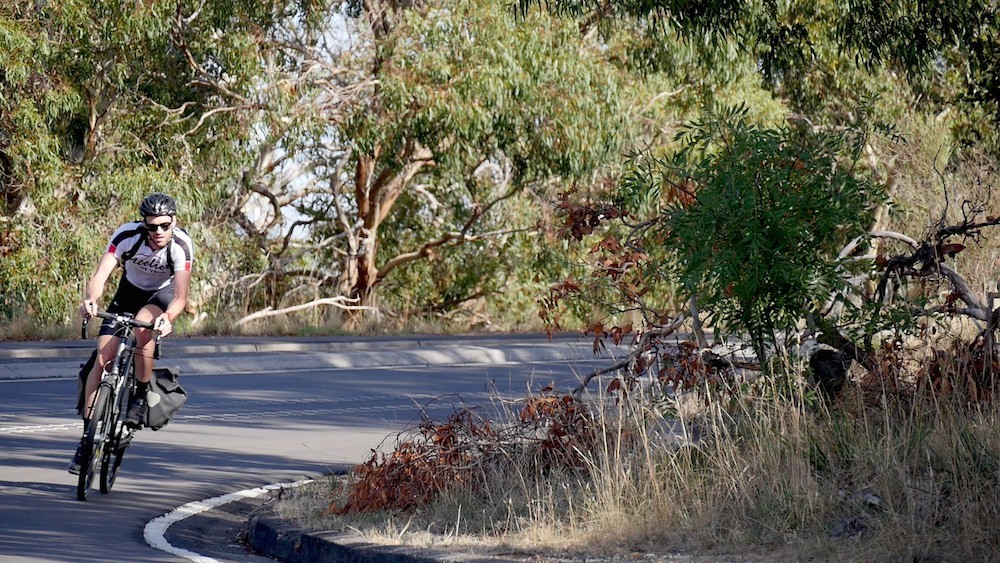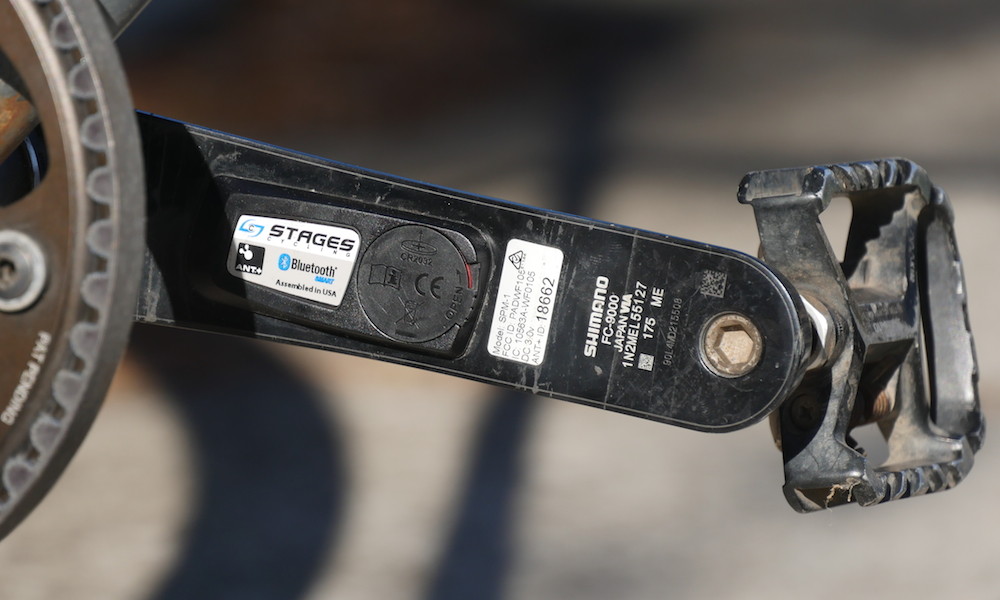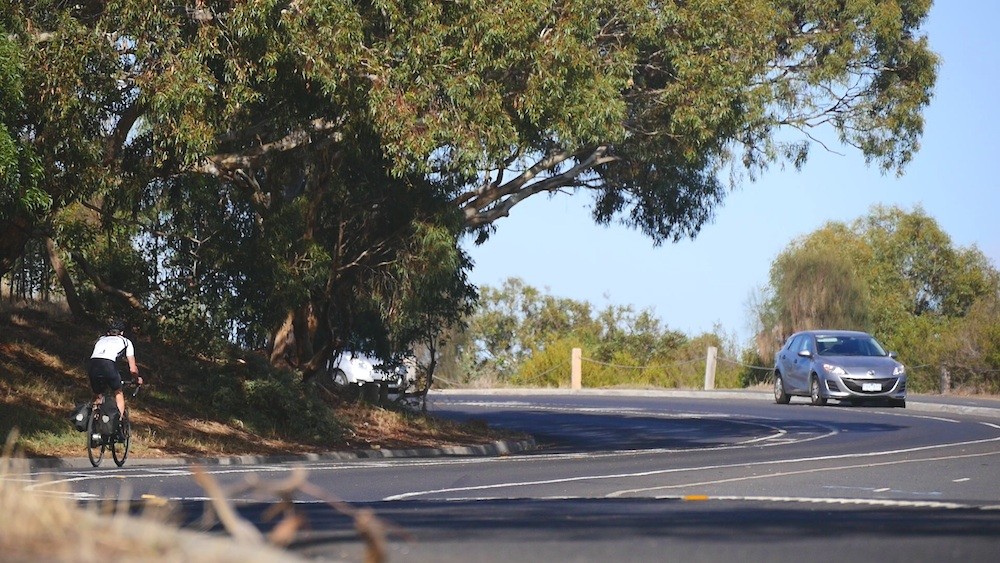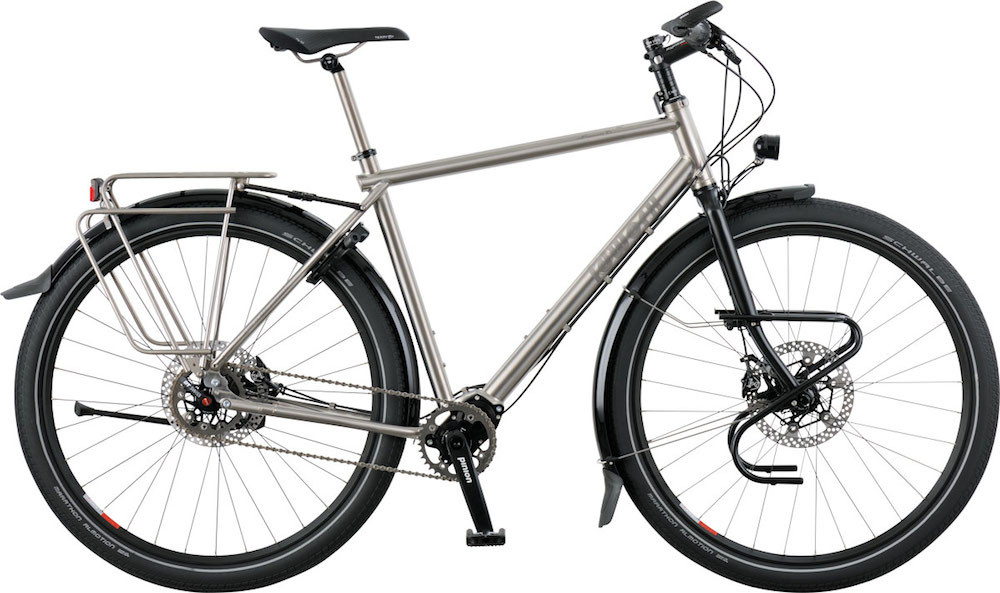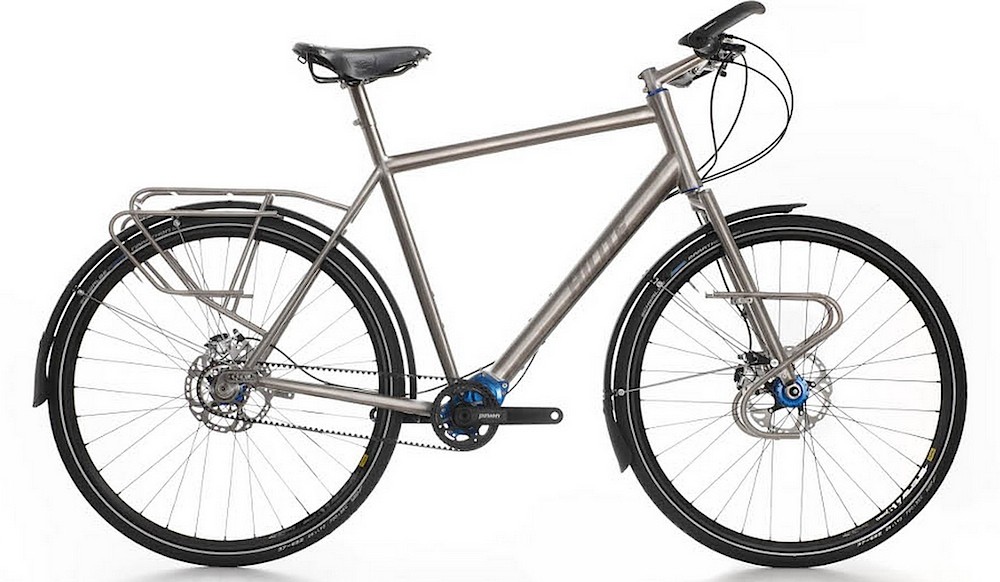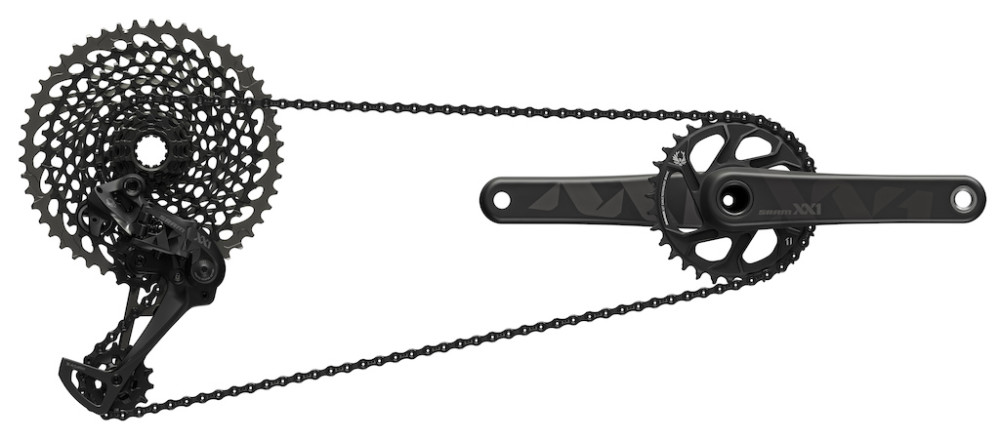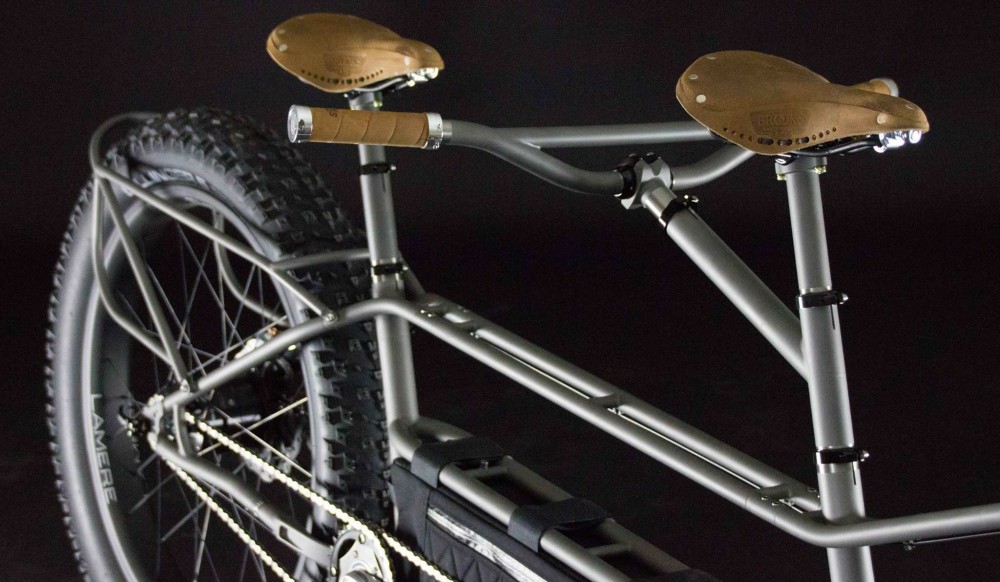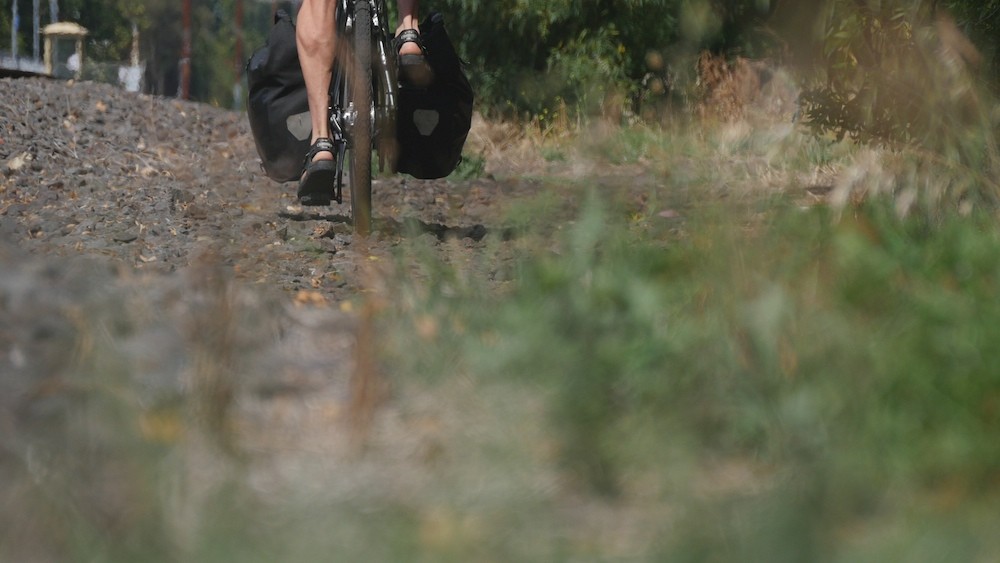In the last part of this series I discussed in depth, the effect of weight on cycling speed. I inputted my body weight, bike weight, gear weight and average power into BikeCalculator.com and found that every kilogram added was contributing between 10 to 90 seconds over a 100km ride – depending on the quantity of vertical metres gained.
I’m back now, after spending the last month testing and assessing different loads on different courses.
Before I started this testing, I felt that the effects of weight were blown out of proportion. Some people spend huge amounts of money on lightweight bikes and gear with the idea that it will make their tours easier or faster. Some people even leave gear at home that can significantly improve the comfort of their bike trip.
The idea behind this testing is to quantify weight into time. That way we can be more rational about our gear choices!
Right-o, let’s get to it.
![Pannier Weight Testing 01]()
The Experiment
I took my Surly Long Haul Trucker with two large panniers (mounted to my rear rack) on a 15.37km (9.5mi) long undulating route which offered 276m (905ft) of climbing. The day I chose was sunny, warm and dry. The circuit was very sheltered, significantly reducing any hindrances from the wind – no significant breeze was ever felt. The circuit was designed to mimic a day touring in the mountains, whereby almost 2000m (6562ft) of elevation was gained.
At the time of testing my body weight was 78kg (172lb) and my Surly touring bike was 15kg (33lb). I didn’t carry any water on the bike throughout the testing.
I conducted two test runs for each load – the first with 5kg (11lb), the second with 25kg (55lb) and the third with 15kg (33lb). These are pretty typical gear weights that people carry on bike trips ranging from guided to self-supported. My testing sequence was 5, 25, 15, 5, 25, 15kg.
I used a Stages crank-based power meter to measure my ‘power’ or ‘effort’. I tried my best to maintain 200 watts at all times, generally fluctuating between 180-220w (200 watts average). This power rate is one I know I can push all day. I kept my body position upright and in my hoods at all times, and kept my pedalling cadence to a consistent amount.
I drank half a bidon and ate one muesli bar (left at the start/finish) between each test run. I would expect that my body weight remained relatively consistent throughout the testing.
What about fatigue?
Here’s the deal; I got fatigued, but that didn’t affect the results. How? I picked a power that I knew I could push all day long, so even as I was getting gradually more tired after each test run, the pressure I put through the pedals remained the same from start to finish. As a result, pushing 5kg on my fourth run was more difficult than pushing 25kg on my second run!
![This is the power meter that I used to ensure my effort was consistent between all of my testing.]()
This is the Stages crank-based power meter that I used to ensure my effort was consistent between all of my testing.
Results
Carrying 5kg (11lb) on a 15.37km Circuit with 276m Climbing
Run 1: 39:55 (199w @ 23.10km/h)
Run 2: 39:25 (199w @ 23.40km/h)
Average: 39:40 (199w @ 23.25km/h)
Carrying 15kg (33lb) on a 15.37km Circuit with 276m Climbing
Run 1: 41:26 (200w @ 22.27km/h)
Run 2: 41:22 (198w @ 22.29km/h)
Average: 41:24 (199w @ 22.28km/h)
Carrying 25kg (55lb) on a 15.37km Circuit with 276m Climbing
Run 1: 42:40 (199w @ 21.61km/h)
Run 2: 42:24 (200w @ 21.75km/h)
Average: 42:32 (199.5w @ 21.68km/h)
![Pannier Weight Testing 03]()
Now, let’s extrapolate the data I collected into a 100km ride:
Extrapolated Data for a 100km (62mi) Ride with 1796m (5892ft) climbing
5kg Load: 258.06 mins @ 23.25km/h
15kg Load: 269.28 mins @ 22.28km/h +11 mins (4.2% slower or 1:07/kg)
25kg Load: 276.78 mins @ 21.68km/h +18 mins (6.8% slower or 0:56/kg)
Average unit of time per extra kilogram carried
1:02 minutes
Analysis
The effect of weight throughout my testing was actually lower than initially predicted, and wow – the numbers are IMPRESSIVELY close to what the calculator spits out. The BikeCalculator ride time was within a few minutes of the test data over 100km, even with all of the variables involved.
The reason I feel it is reasonable to extrapolate the data is because my course was long enough to balance out many external influences. Doing the circuit twice, and getting within seconds each time, even after 40+ minutes riding – was reassuring of that fact. Should I have made the test course any longer, there would have been the risk of greater changes in the weather, which wouldn’t have provided a fair comparison between each of the loads that I was carrying.
If I adjust the BikeCalculator.com data from Part One to my 1796m climbing route
5kg Load: 251.75 mins @ 23.83km/h
15kg Load: 265.00 mins @ 22.64km/h +13 mins (5.0% slower or 1:20/kg)
25kg Load: 278.80 mins @ 21.52km/h +27 mins (9.7% slower or 1:20/kg)
Average unit of time per extra kilogram carried
1:20 minutes
The numbers are close, but why could there be a discrepancy?
There’s a reasons why the 15kg and 25kg loads in my testing are not consistent with the calculator. Two climbs on my circuit were rather steep, requiring more power than 200w for a short burst (as I ran out of gears!). The time period I was over 200w while carrying 25kg was slightly longer than with 15kg. The consequence is a slightly faster climb time, and a minor skewing of the numbers. I have no doubt that if I had the right gears, the time per extra kilogram would’ve crept up just a few seconds.
![Pannier Weight Testing 05]()
Other Testing
Flat Course
I attempted to do some speed testing on a flat circuit, but found that it was too difficult to get any consistent results. The maths from the previous part of this series backs that up: it predicted about 10 seconds per kilogram extra over 100km. A slight change in breeze direction was going to muddy my results for that testing… so I scrapped it.
Aerodynamics
I did a couple of tests using some Ortlieb Front Roller panniers (12.5L) on my rear rack instead of the larger Back Roller bags (21L). Even just the switch to a bag with less frontal area dropped my lap time by 45 seconds (from 39:40 to 38:55 average on 2x course laps – carrying 5kg). Over 100km the aerodynamic advantage would’ve saved me about five minutes. That’s the equivalent of carrying 5kg LESS weight in the big panniers.
So is weight as significant as we think?
I came into the test with the feeling that a few kilograms here and there weren’t really going to affect my bicycle tours. The data that I’ve collected has confirmed my suspicions.
I’d like to reiterate a few things:
A little bit of extra weight isn’t that significant in terms of time.
A handful of kilograms is not going to impact your tour significantly. It will add a few minutes to your daily ride time only.
The flatter your tour route, the less weight matters.
Flat riding will make the weight of you and your bike quite insignificant. For me to carry 10kg extra on a 100km flat ride, I’ll arrive only 90 seconds later than without it.
The more distance you’re looking to travel per day, the more weight matters.
The time savings become more significant, the longer you’re on the bike each day. If I were to carry an extra 10kg on a hilly 300km ride, I’m looking at finishing over 30 minutes later than without that weight. A ride of that length would take me ~13 hours, and by that stage I’d really appreciate any time savings I can get!
![Pannier Weight Testing 02]()
Aerodynamics = Key
If you care about speed, you should care about aerodynamics.
Aero savings are MOST important on the flat, given the higher average speeds. Adopting a slightly lower bike position, using tighter-fitting clothes and making use of bikepacking bags (or smaller panniers) will allow you to travel faster through the wind.
Better Reasons to Drop Weight From Your Kit
I still like to reduce my gear weight, for the following reasons:
In the pursuit of minimalism
I try not to bring things that aren’t used frequently, as they clutters up my bags and just generally feel unnecessary. If I’m not using it, I’ll post it home. Minimalism and simplicity are mantras that I tend to follow across the board in life.
To improve my bike’s handling
Less weight means better bike manoeuvrability. With a less loaded bike, you’ll be able to change your bike’s direction faster to avoid obstacles like pot holes.
To make flying with my bike cheaper
You are paying for every kilogram you fly with, so what better reason than to strip weight to make flying cheaper!
In order to reduce component stress
Dropping the weight of your gear will mean that you’ll put less stress on your frame and components, resulting in longer lasting gear. As you drop your gear weight, you’ll also be able to employ lighter weight bikes and components.
To make carrying my bags easier off the bike
When travelling by bike, it is often that you’ll need to carry your gear up and down stairs, onto trains and through people’s houses. By having less stuff, the off-the-bike carrying is MUCH easier!
![Pannier Weight Testing 04]()
Wrapping Up
Now that you know that an extra kilogram over 100km is worth somewhere between 10 and 90 seconds, should you be less concerned about weight? I think so. If you’re deciding between a 2kg tent for $600 and a 3kg tent for $200 – don’t spend the extra money in the hope you’ll ride a lot faster. You’re much better off buying your gear based on functionality and value for money.
If you’d like to improve your riding speed, consider using more aerodynamic clothes and luggage setups. Bikepacking bags have less frontal area than panniers so you’ll be able to cruise along at considerably faster speeds.
My testing has confirmed that BikeCalculator is a very accurate tool for measuring speed. I was really impressed by the numbers it gave me, and have no qualms in recommending it to see how weight will affect YOUR time over the distances YOU travel.
If you don’t have access to a power meter, perhaps jump on a ‘spin bike’ at a gym. Most stationary bikes will give you a somewhat accurate power figure, and if you were to spin for half an hour at a pace you feel comfortable – you’ll have the critical data required for your own accurate BikeCalculator calculations.
If you missed Part One, head HERE for my initial calculations.
The post How Much Does Bike and Gear Weight Actually Slow You Down? Part Two (Results) appeared first on CyclingAbout.













